Thus Angels Sung - Orlando Gibbons (1583-1625)
Woman self portraits 1500-1700
Curators: Bob Van Blommestein & Floris Guntenaar
SEE ALSO: The Artdaily Newspaper on Artemisia Gentileschi
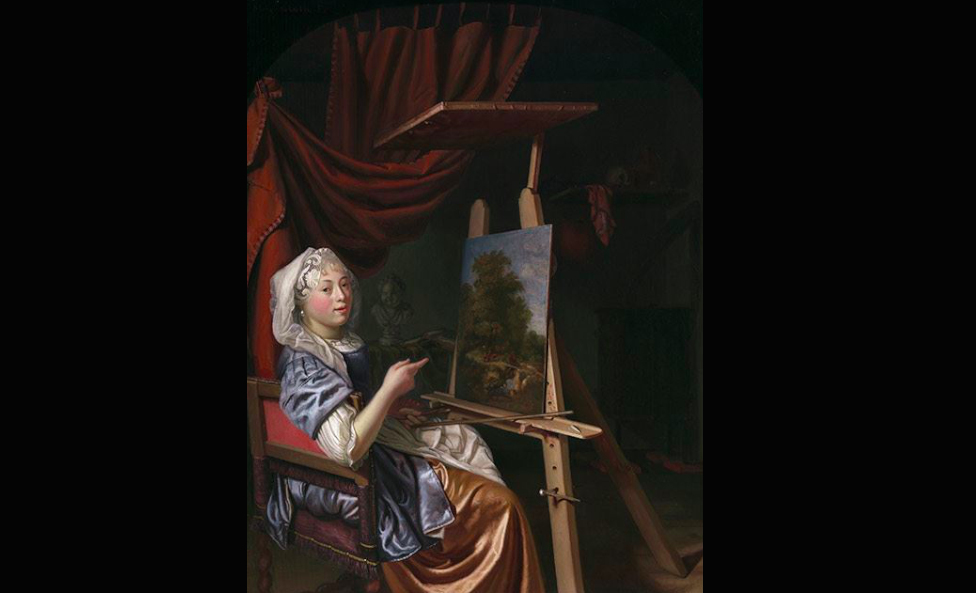

1680. Maria Schalcken (Dutch, 1645/50–before 1700)
Schalken was een dochter van Cornelis Schalcken en Aletta Lydius. Ze werd geboren in de periode dat haar vader predikant was in Made en Drimmelen. In 1654 verhuisde het gezin naar Dordrecht, toen hij daar rector werd aan de Latijnse school. Ze trouwde in 1682 met de koopman Severijn van Bracht. Schalken leerde schilderen van haar broer Godfried Schalcken (1643-1706)
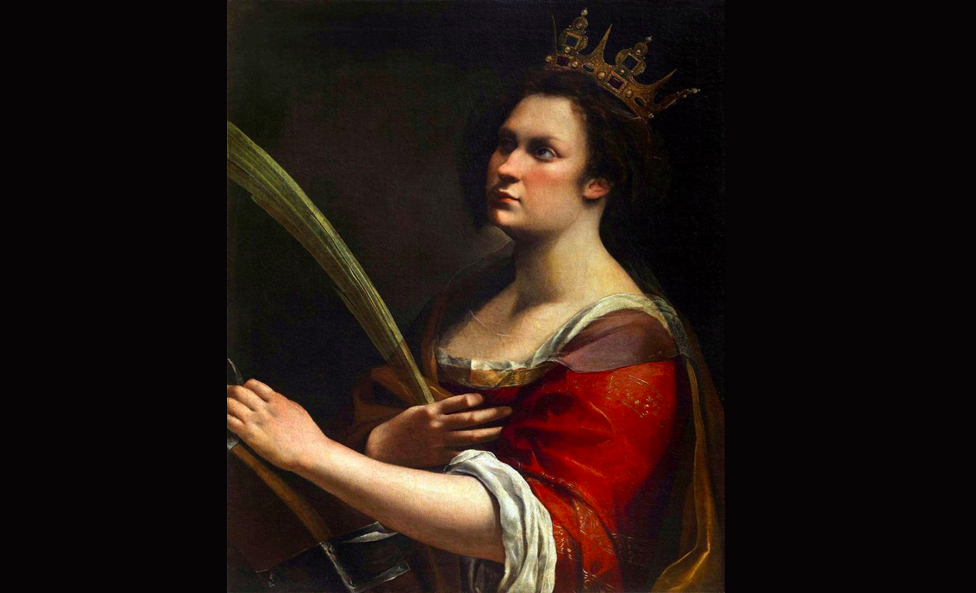

Artemisia Gentileschi, Santa Caterina
In Florence, Artemisia enjoyed huge success. She was the first woman accepted into the Accademia delle Arti del Disegno (Academy of the Arts of Drawing)
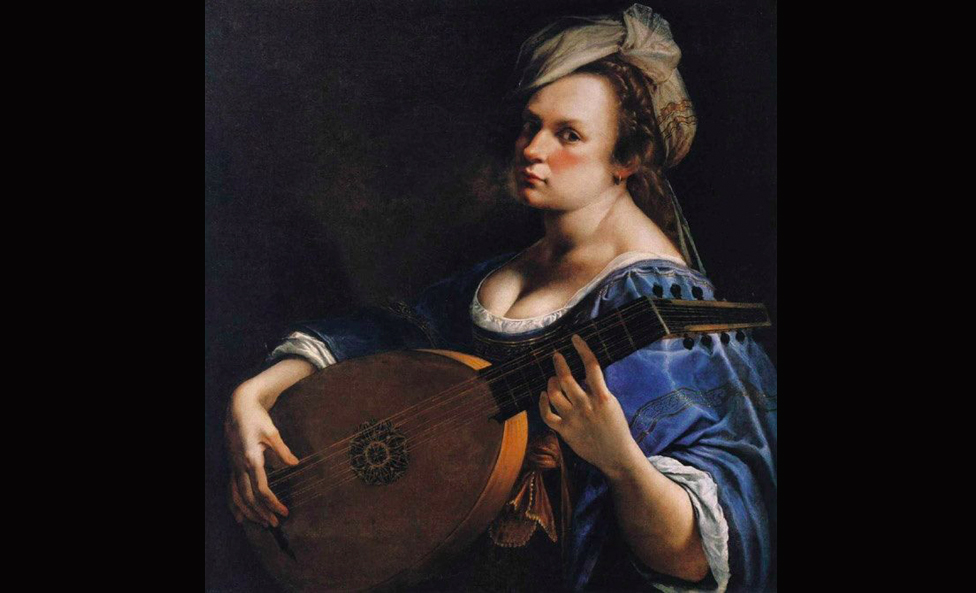

Artemisia Gentileschi, playing the Lute
Notable works from this period include the Self-Portrait as a Lute Player (in the collection of the Wadsworth Atheneum Museum of Art)
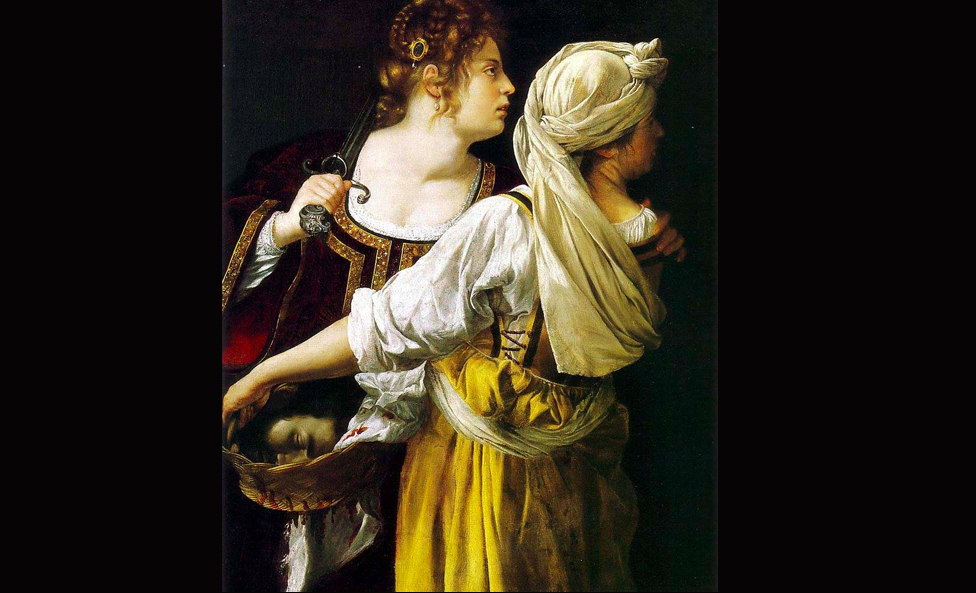

Artemisia Gentileschi, Judith
Giuditta con la sua ancella (Judith and her Maidservant), now in the Pitti Palace. Artemisia painted a second version of Giuditta che decapita Oloferne (Judith beheading Holofernes), this one is larger than the Naples version, which now is housed in the Uffizi Gallery of Florence
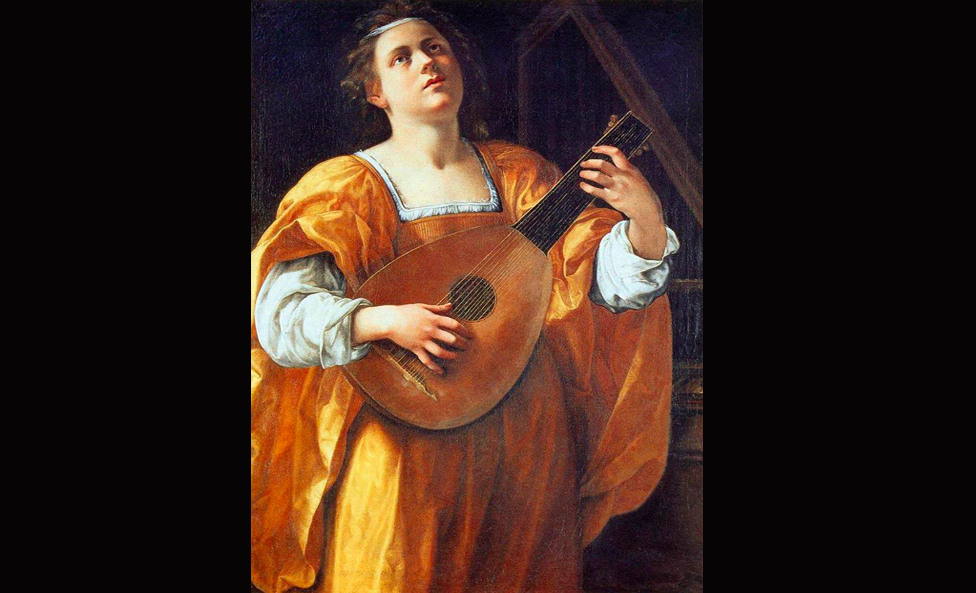

Artemisia Gentileschi, Santa Cecilia
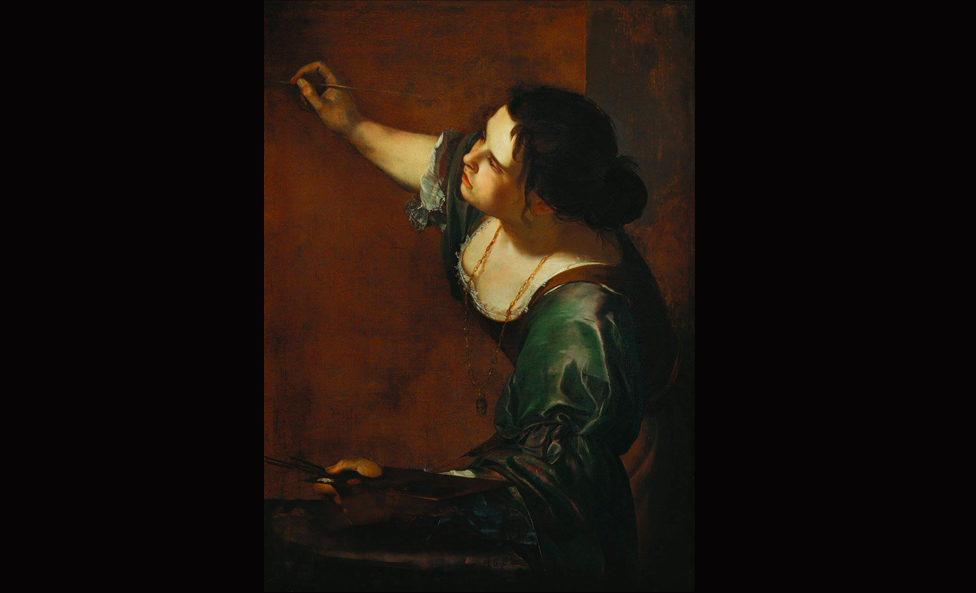

Artemisia Gentileschi
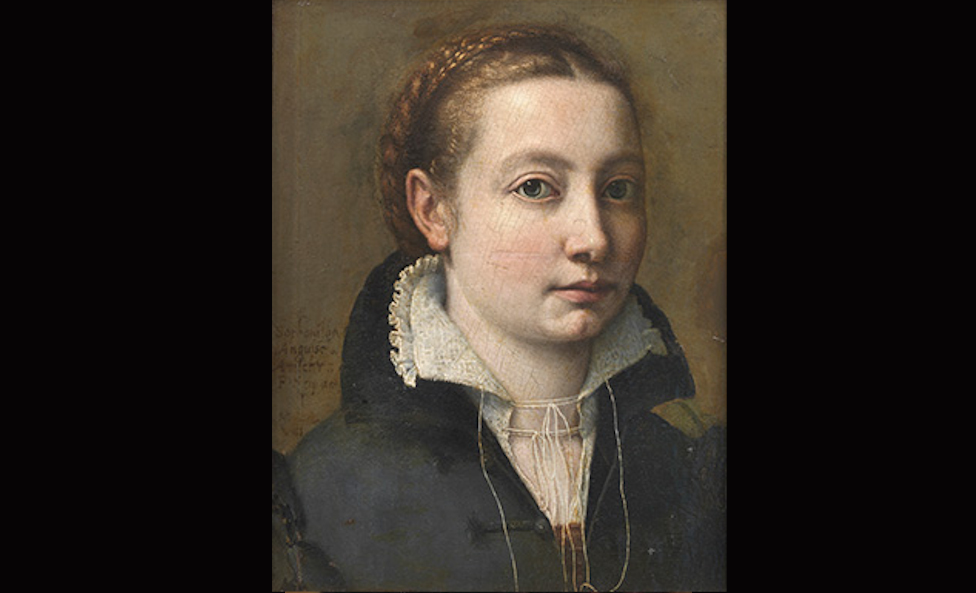

Sofonisba Anguissola (1558)
Sofonisba Anguissola (c.?1532 – 16 November 1625), also known as Sophonisba Angussola or Sophonisba Anguisciola, was an Italian Renaissance painter born in Cremona to a relatively poor noble family. She received a well-rounded education that included the fine arts, and her apprenticeship with local painters set a precedent for women to be accepted as students of art.
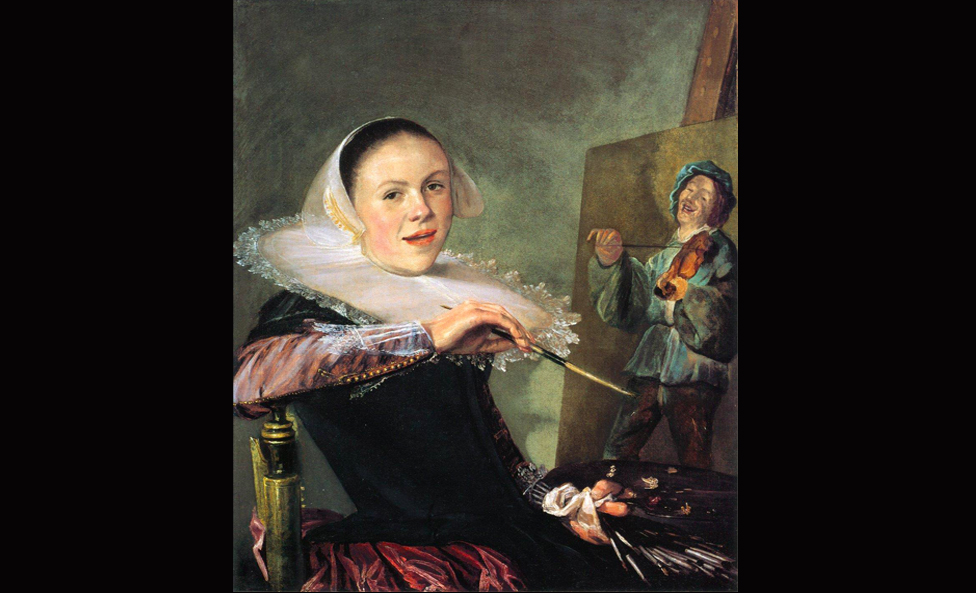

Judith Leyster, 1633
Judith Jans Leyster (also Leijster) was a Dutch Golden Age painter. Leyster painted genre works, portraits, and still lifes.
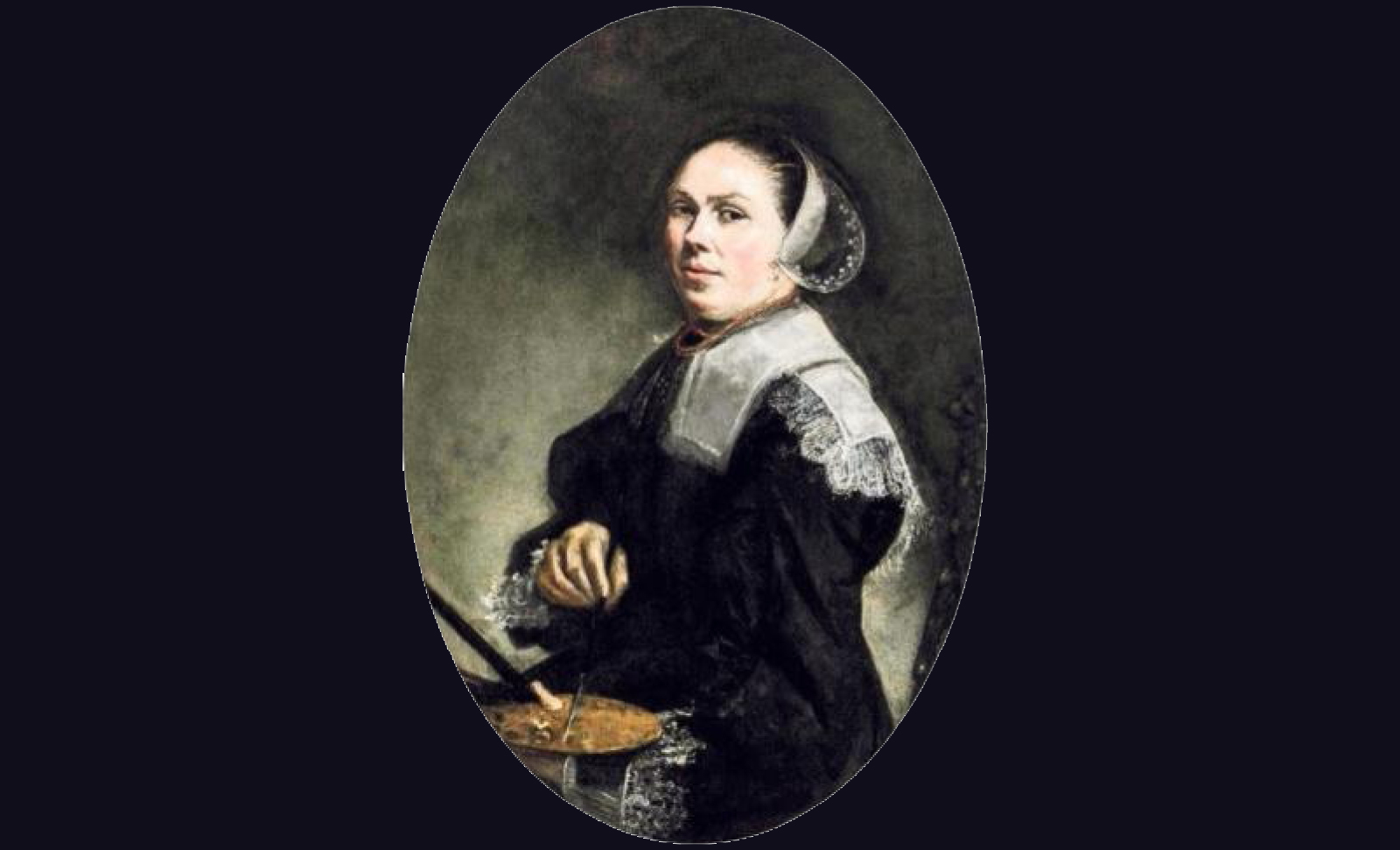

Judith Leyster, 1653
Leyster (1609-1660) bouwde al jong een zelfstandige praktijk als schilder op in Haarlem, maar trouwde vervolgens met een (minder goede) schilder, Jan Miense Molenaer. Ze kregen vijf kinderen, van wie er drie jong stierven. Onder haar eigen naam schilderde ze niet meer, ze werkte waarschijnlijk samen met haar man in diens studio. Haar werk raakte in de vergetelheid. Het herontdekte zelfportret, waarop Leyster zichzelf als volwassen schilderes afbeeldt, van rond 1653, schilderde ze waarschijnlijk